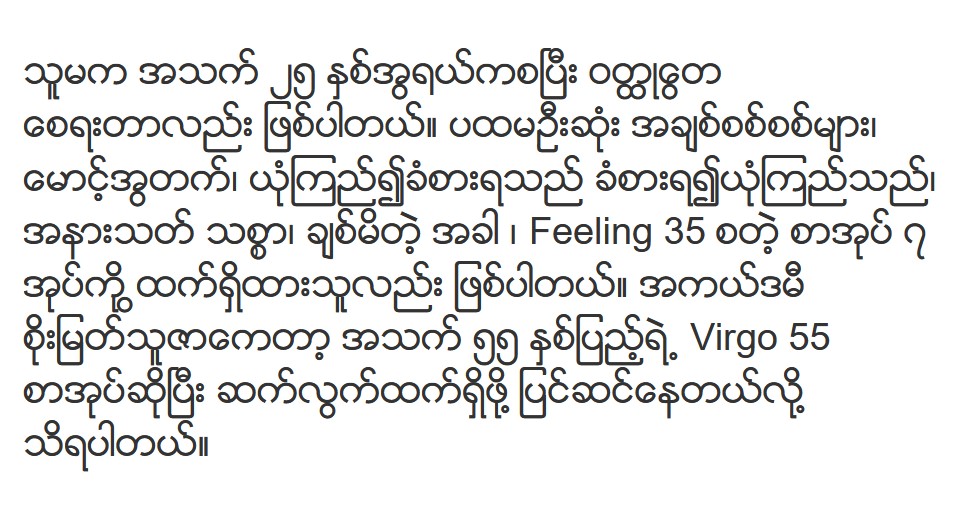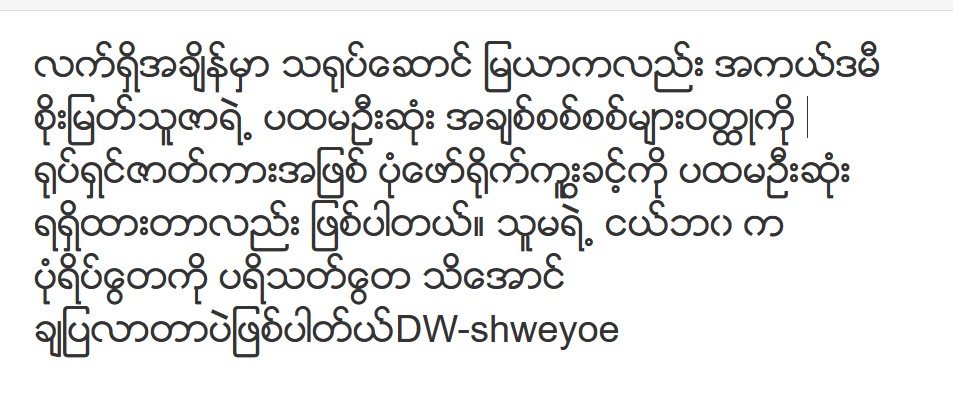









In the realm of humanitarian aid, technology is emerging as a powerful ally in the face of disasters. Among these technological marvels stands Artificial Intelligence (AI), offering innovative solutions to streamline disaster response efforts. Let’s delve into how AI is reshaping the landscape of humanitarian aid, providing faster, more efficient, and effective responses to crises worldwide.
- The Evolution of Disaster Response: Embracing AI Solutions As disasters become increasingly frequent and complex, traditional response mechanisms are often stretched to their limits. Here’s where AI steps in, offering a paradigm shift in how we approach humanitarian crises. From predictive analytics to real-time data processing, AI equips aid organizations with invaluable insights to better prepare for, mitigate, and respond to disasters.
- Predictive Analytics: Anticipating and Mitigating Disaster Risks One of AI’s most potent capabilities lies in predictive analytics. By analyzing vast amounts of data ranging from weather patterns to socio-economic indicators, AI can forecast potential disaster risks with remarkable accuracy. Armed with this foresight, humanitarian organizations can preemptively allocate resources, evacuate vulnerable populations, and implement preventive measures, significantly reducing the impact of disasters.
- Real-time Data Processing: Enhancing Decision-making on the Ground In the chaotic aftermath of a disaster, timely decision-making can mean the difference between life and death. AI’s ability to process real-time data streams in such scenarios is invaluable. By swiftly analyzing information from various sources such as satellite imagery, social media feeds, and sensor networks, AI empowers responders with actionable insights, enabling them to allocate resources, assess damage, and coordinate rescue efforts more effectively.
- Autonomous Systems: Rapid Deployment in Crisis Zones In inaccessible or hazardous environments, deploying aid swiftly is often fraught with challenges. Autonomous systems powered by AI offer a solution. Whether it’s drones delivering medical supplies to remote areas or robots clearing debris in disaster-stricken zones, these AI-driven technologies enable rapid and efficient aid delivery, even in the most inhospitable conditions.
- Chatbots and Virtual Assistants: Providing Crucial Support to Affected Populations In the aftermath of a disaster, affected populations often find themselves overwhelmed and in need of guidance. AI-powered chatbots and virtual assistants play a vital role in providing immediate support and information. From answering queries about emergency shelters to offering psychological counseling, these digital helpers offer round-the-clock assistance, helping alleviate distress and connect survivors with essential services.
- Data-driven Decision-making: Maximizing Impact and Resource Allocation Gone are the days of relying solely on gut instincts and past experiences. With AI, humanitarian organizations can make data-driven decisions that maximize the impact of their interventions. By analyzing historical data, demographic trends, and resource distribution patterns, AI helps optimize resource allocation, ensuring aid reaches those who need it most in a timely manner.
- Collaborative Platforms: Fostering Synergy Among Stakeholders Effective disaster response requires seamless coordination among multiple stakeholders, including governments, NGOs, and local communities. AI-powered collaborative platforms serve as hubs for information sharing, coordination, and resource mobilization. By facilitating communication and collaboration in real-time, these platforms enhance the collective response capacity, enabling stakeholders to work together more efficiently towards common goals.
- Ethical Considerations: Navigating the Complexities of AI in Humanitarian Aid While AI holds immense promise for improving disaster response, it also raises ethical concerns that must be addressed. From data privacy and algorithm bias to the potential for misuse, navigating the ethical complexities of AI in humanitarian aid is paramount. By prioritizing transparency, accountability, and inclusivity, we can ensure that AI serves as a force for good in advancing humanitarian objectives while safeguarding the rights and dignity of affected populations.
As the frequency and intensity of natural and man-made disasters continue to escalate, leveraging AI in humanitarian aid is no longer a luxury but a necessity. By harnessing the power of AI-driven technologies, we can revolutionize disaster response efforts, saving lives, mitigating suffering, and building more resilient communities in the face of adversity. Together, let’s embrace AI as a transformative force for good in the pursuit of a safer, more equitable world.